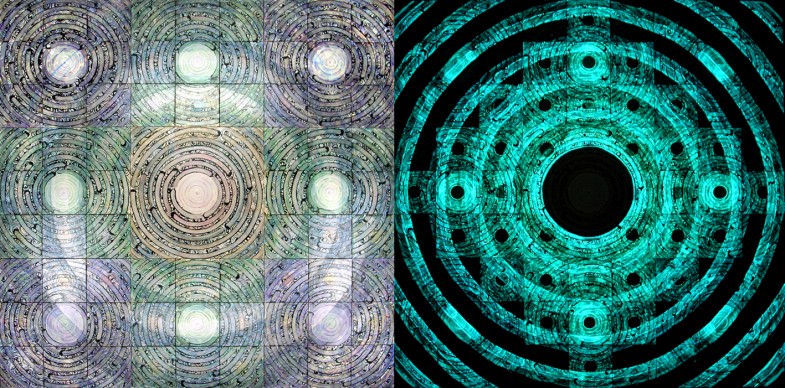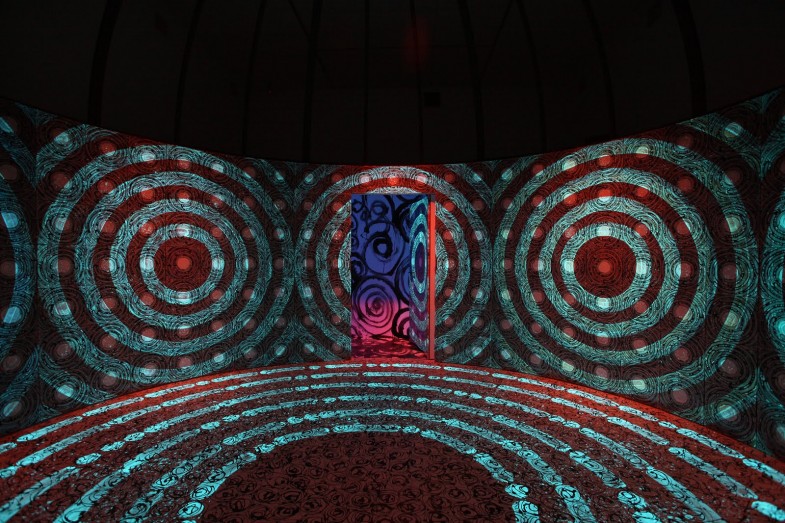Buddhism and Transmigration
“Whether one believes in a religion or not, and whether one believes in rebirth or not, there isn’t anyone who doesn’t appreciate kindness and compassion.” Dalaï Lama
Namgoong Whan’s Works: the Portrait of Transmigrating Multi-Morphologies
According to Buddhist principles, our consciousness is a continuous stream evolving into different physical envelopes, each of which is illusory. The process of rebirth, or stream of consciousness is termed transmigration in Buddhism. With our current understanding of physics, these notions are of esoteric nature, yet many people have a deep feeling that they have lived previous lives, or can recollect having lived an event (déjà vu). The extensive suffering endured by each and every living being, especially human beings because of their intellectual awareness, is based on the endless cycle of lives known as the Samsara. Throughout this cycle, one does not necessarily remember past existences, yet one carries their “weight” and “actions”, similarly to the concept of the “weighing of the soul” in ancient egyptology. Of course, one must keep in mind that there is no soul in Buddhist thinking. without being able to break that perpetual cycle, until one follows a path of awakening.
“Rebirth in Buddhism is the doctrine that the evolving consciousness or stream of consciousness (Sanskrit: vijñāna-srotām, vijñāna-santāna, or citta-santāna) upon death (or “the dissolution of the aggregates“), becomes one of the contributing causes for the arising of a new aggregation. The consciousness in the new person is neither identical nor entirely different from that in the deceased but the two form a causal continuum or stream.”
In greater detail, from the same wikipedia page on Rebirt: “in Buddhist doctrine, the evolving consciousness (Pali: samvattanika-viññana) or stream of consciousness (Pali: viññana-sotam, Sanskrit: vijñāna-srotām, vijñāna-santāna, or citta-santāna) upon death (or “the dissolution of the aggregates” (P. khandhas, S. skandhas)), becomes one of the contributing causes for the arising of a new aggregation. At the death of one personality, a new one comes into being, much as the flame of a dying candle can serve to light the flame of another. The consciousness in the new person is neither identical to nor entirely different from that in the deceased but the two form a causal continuum or stream. Transmigration is the effect of karma (kamma) or volitional action.The basic cause is the abiding of consciousness in ignorance (Pali: avijja, Sanskrit: avidya): when ignorance is uprooted rebirth ceases.”
It is important to understand that in Buddhist principles, the concept of “soul” does not exist. There is only a cognizing and cognizant principle which is referred to as “consciousness” (Vijnana in Sanskrit), which accompanies the other four aggregates, to form a set of five aggregates, or Skandhas in Sanskrit. It is one of the key differences with Hinduism, as it recuses any form of “essence” of being, as well as any type of soul, whether it be elemenatry or universal. (see Françoise Bonardel, in “Bouddhisme et Philosophie”, p. 171).
Matthieu Ricard, on Transmigration: “Reincarnation is not the rebirth of a self”
“First of all, it’s important to understand that what’s called reincarnation in Buddhism has nothing to do with the transmigration of some “entity” like an autonomous “self”. It’s not a process of metempsychosis. As long as one thinks in terms of entities rather than function and continuity of experience, it’s impossible to understand the Buddhist concept of rebirth. As it’s said, “There is no thread passing through the beads of the necklace of rebirths.” Over successive rebirths, what is maintained is not the identity of a “person,” but the conditioning of a stream of consciousness.”
On the Buddhist concept of transmigration and reincarnation, see for example the work by a french psychiatrist , Jean-Pierre Schnetzler, who turned to Buddhism: “De la mort à la vie, Transmigration et Réincarnation, science et bouddhisme“.
Françoise Bonardel, also appropriately says about the Christian equivalence of the concept of resurection: “l’équivalent bouddhique de la Résurection Christique n’est pas la transmigration mais l’éveil”. i.e. “Buddhist equivalence of the Christian resurection is not transmigration but awakening” !
Namgoong Whan’s Works: the Portrait of Transmigrating Multi-Morphologies


Discuss - No Comments